Pyrosensors (PIR-sensors)
17 Results
← Touch & Scroll für Tabelleninhalte →
| Part no. | Comments | Housing | Number of elements | EMC | White light immunity | Amplified signal output (Vp-p) | Field of view (deg.) | Balance output (%) | Current consumtion (µA) | Noise output (mVp-p) | Details |
|---|---|---|---|---|---|---|---|---|---|---|---|
SBG4L46-711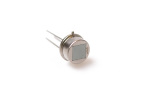
|
Special type, for ceiling mount, Wide detection range |
TO-5 | 4 | Good | Fair | 7,5 | 155° | 15 | n/a | 170 |
más >> |
SW-IVC-15G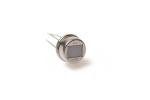
|
Built-in amplifier High speed response, low cost |
TO-5 | 2 | Fair | Good | 0,005 | 134° | n/a | 200 | n/a |
más >> |
SW-ULP23-20
|
Built-in ampliefier Ultra low power consumption |
TO-5 | 2 | Excellent | Good | 1,5 | 134° | n/a | <1 | 160 |
más >> |
PSH3-323-37AA
|
Digital pyrosensor, Serial communication | TO-5 | 2 | Good | Fair | n/a | 134° | n/a | 15 | digital communication |
más >> |
PSH2-323-66AA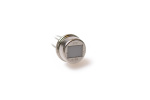
|
Digital pyrosensor incl. electronics for movement detection |
TO-5 | 2 | Good | Fair | n/a | 134° | n/a | 15 | switching output |
más >> |
PSH3-446-36AA
|
Digital pyrosensor, Serial communication | TO-5 | 4 | Good | Fair | n/a | 132° | n/a | 20 | digital communication |
más >> |
PSH2-446-36AC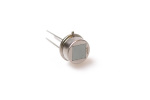
|
Digital pyrosensor, for ceiling mount incl. electronics for movement detection |
TO-5 | 4 | Good | Fair | n/a | 132° | n/a | 30 | switching output |
más >> |
Pyrosensors are used to detect moving human bodies (objects) or even to detect the bare presence of such objects in a room. These sensors consist of two or four pyroelectric elements, which are assembled in a hermetically sealed metal housing with a silicon window. The radiation of the human body (which has a wavelength of about 5 to 10 µm) penetrates the silicon window of the sensor quite easily and heats up the pyroelectric elements by a very small amount. By thermal expansion, the elements get a little bit larger in one dimension and a little bit shorter in the other dimension which changes the distribution of the surface charges of the elements. Two or four elements are connected in series with antiparallel orientation of the electrical polarization. If the elements are heated simultaneously (e.g. by exposure to sun light), there is no resulting voltage between both ends of the series connection.
To detect human bodies, a Fresnel lens is needed, which generates a heat radiation image of the object in the plane of the pyroelectric elements. In case of moving objects, this image moves across the elements one after the other. As a result, the voltages do not compensate to zero in this case. Moving objects are therefore needed to generate a signal at the pyrosensor output. Stationary objects do not generate a signal at all. In case of presence detectors, the movements of the objects are very small and very sensitive pyrosensors are needed this case.
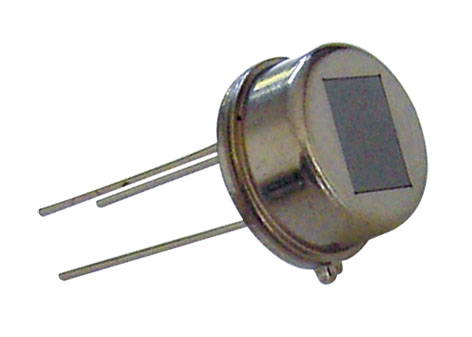

contacto téchnico
Dr. Thomas Wolf
Fon: +49 7452 6007 23
Fax: +49 7452 6007 823
t.wolf@endrich.com
